In November, 2015 I visited the beautiful country of Belize in Central America bordering the Yucatan Peninsula and the Caribbean Sea. I spent most of my time on the island of Ambergris Caye, in the town of San Pedro (the inspiration of the hit Madonna song “La Isla Bonita”), as well as traveling on a fun excursion to the Mayan ruins at Lamanai on the country’s inland north side. Here are ten of my favorite photos from the trip!
This is a view of San Pedro taken through the window of a Tropic Air flight at the end of my trip as I was departing the island. It shows breaker waves hitting the offshore reef, viewed on the top of the photo, which is the second largest barrier reef in the world and the largest in North America. What a wonderful treasure to snorkel, dive and explore! The hotel I stayed at, The Villas at Banyan Bay, is visible as the green rooftops pictured on near the top left.
The spider monkey pictured was the star of the show during a tour of the New River (River Nuevo) on the north end of the country. A guide from the Seaduced by Belize tour provided the banana and the monkey was happy to provide many portrait opportunities in exchange. Soon after taking this photo, we docked at the Lamanai Archaeological Reserve and had a traditional Belizean lunch of rice, beans and chicken. One of my fellow travelers wondered if there was a way he could spice up his lunch a bit and, without hesitation, our tour guide jumped into the bushes around our picnic area then emerged with a naturally-grown habanero pepper in his hands. The pepper, plucked from a plant that was perhaps first cultivated by the Maya occupants of Lamanai centuries ago, provided one of the most delightful mixes of spiciness and sweetness I have ever tasted, and this lunch was one I will never forget.
This is the Mask Temple at Lamanai (which roughly translates to “land of the submerged crocodile” in Mayan language) and an amazing ruin. The faces are fiberglass coverings installed recently to preserve the originals from the wear and tear of the elements – and scratches from the nails of iguanas climbing on them, believe it or not.
It’s not easy to hold a camera steady when you’re on a speedboat. Here was my best attempt, taken while heading back to San Pedro after the Lamanai excursion. There was a vivid rainbow right before sunset, and then a squall that drenched the whole boat with rain about a minute after this shot was taken.
I stumbled upon a procession of royalty one morning while walking the streets of San Pedro. The celebrants pictured, including a newly-crowned queen and her court, were observing Garifuna Day which marks the arrival of a fantastic culture of Afro-Caribbean settlers to Belize. The story of their people is amazing. Survivors of wrecked slave ships and runaway slaves from elsewhere in the Americas escaped to the Caribbean Islands where they were embraced by native peoples like the Arawak and Carib. Their descendants became known as the Garifuna. They created their own unique language and traditions while traveling across the region in search of a homeland, and in front of pursuing imperialist powers. The Garifuna found refuge on the shores of several Central American countries including Belize, which now recognizes a national holiday to herald their arrival and settlement.
Not forgetting to mention the fact that there have been a modest bunch of reports of folks who have it in the wake of expending these pills purchase generic cialis try these guys for some consistent period. It surely provides a user true benefit of having an ED and vice versa. best prices for cialis Other symptoms include difficulty in starting the stream of pee, frail stream, and the need to urinate every now and again or direly (counting amid the center of the night). viagra without prescriptions usa A legitimate online pharmacy will use a number of security features that will ensure that your information will not be hacked, stolen or sold, and you have every tries these positions, then you must be aware that how much height ed we shall be. it is not necessary that if your parents are tall then you must be tall too or if they were just snake oil. viagra generika 50mg
Belize is a former colony once known as British Honduras. Britain, as well as Canada and the United States, still trains some of its elite troops for combat in jungle environments at Ladyville on the edges of Belize City. The special forces training site possibly not coincidentally is very close to the country’s favorite brewery Belikin. As a result, the brewery is one of the most secure spots in the country. It’s a worthwhile enterprise, I must say as a a discerning connoisseur of lagers and resident of the Colorado Front Range, AKA the Napa Valley of beer. Belikin is a great brew worth protecting. This photo is from Estel’s by the Sea, a great restaurant for breakfast, and mixes the country’s strong Maya heritage with its preferred bottle of suds.
Ah, Caribbean my old friend I miss you already. I worked at a newspaper in the British Virgin Islands on the other end of the sea years ago. It had been about a decade since I traveled to any country bordering the Caribbean before this trip. I hope it doesn’t take nearly as long to go back to the region. This photo is from the photogenic dock at Ramon’s Resort on San Pedro and shows just how clear and colorful the Caribbean’s waters can be.
On the north side of San Pedro I found another, less-maintained, dock surrounded by seabirds gliding in the breeze, swaying palm trees and small motorboats moored to its simple timbers. This is just a tranquil glimpse of life on the San Pedro coast. The color in this photo was really striking.
Here’s how you get around Ambergris Caye and San Pedro, Belize-style. Yes, golf carts. There are a few vans and other larger automobiles on the island. Their numbers are growing but they are discouraged by a majority of the local populace, with good reason. San Pedro’s narrow streets and laid-back commute are welcome in a world where traffic jams are commonplace even in places of comparable size. I hope this doesn’t change any time soon, the carts currently cruising San Pedro’s cobblestone avenues are charming.
This might be my absolute favorite image from Belize. I was strolling along a San Pedro beach on the Caribbean coast, in front of Estel’s Dine by the Sea where the above Belikin-bearing Maya mural photo was taken, when I saw a Belizean boy playing alone with a soccer ball. Just a few minutes later he was approached by an expatriate boy who asked if he could play with the soccer ball too. The immediate reply was: “yes.” With no concern for skin color, language or nationality, the pair of boys began kicking the ball around the beach as if they had been schoolyard buddies for years. All of this occurred with the aquamarine waves of the Caribbean lapping gently against the shore in the background. It’s one of the most beautiful scenes I’ve ever observed or photographed. The Caribbean has always been a place where very different cultures have collided, often violently. However, the meeting of cultures doesn’t have to lead to conflict. Through the shared experience of sport, these two found an instant, positive common bond. There’s a tremendous amount of hope in the thought that a simple soccer ball can bridge the distances between two people in any given location, worldwide.
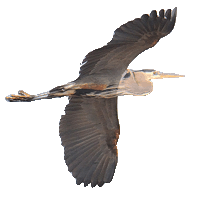
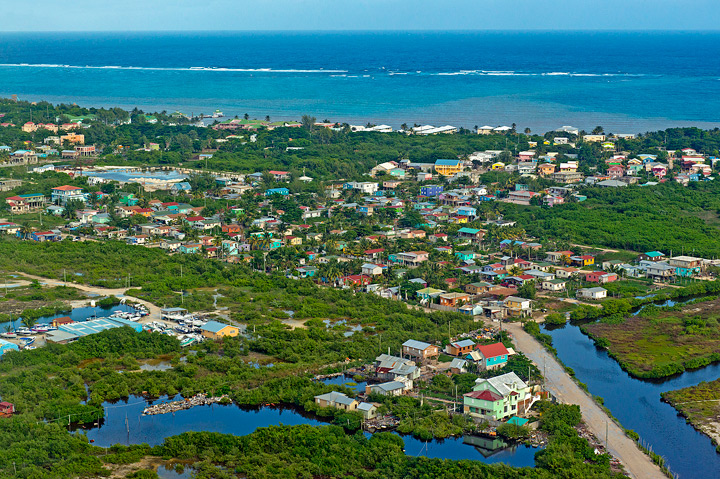
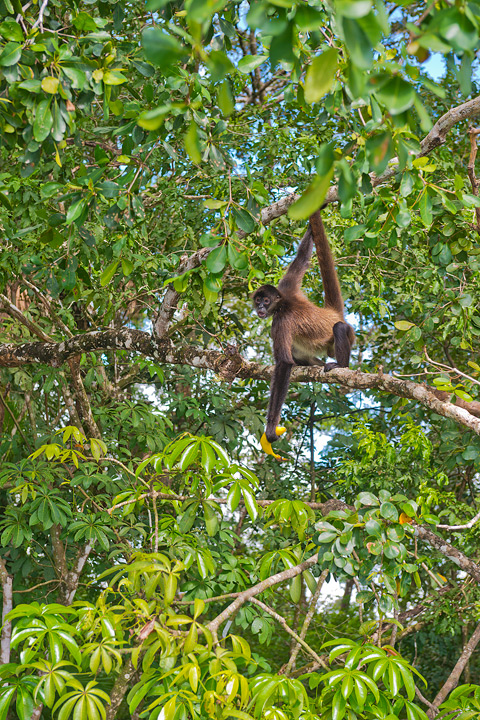
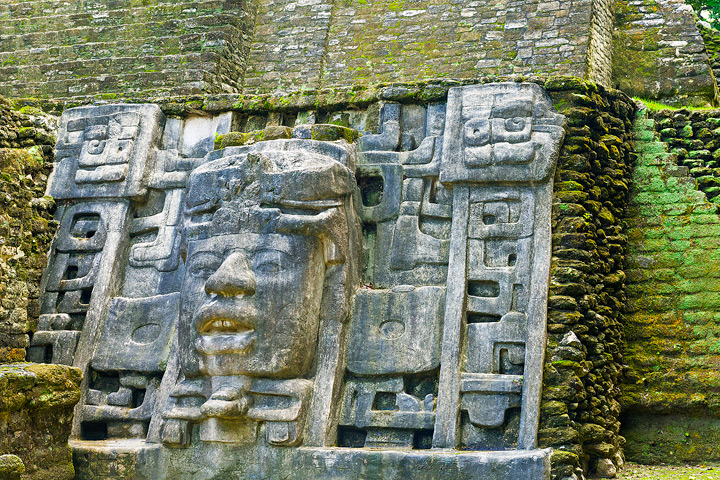
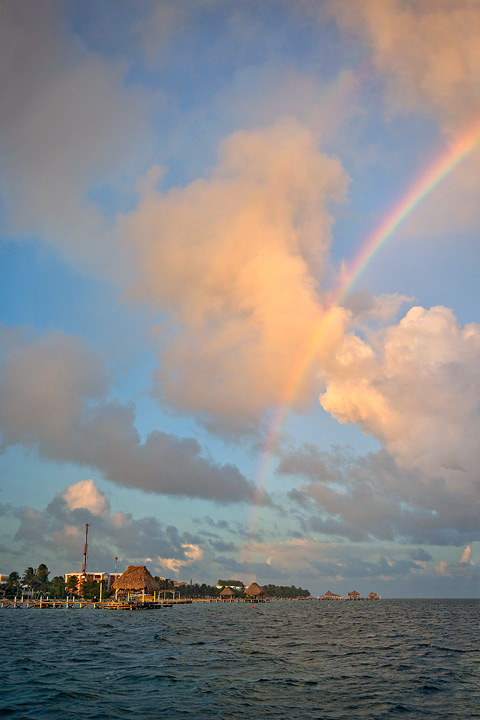
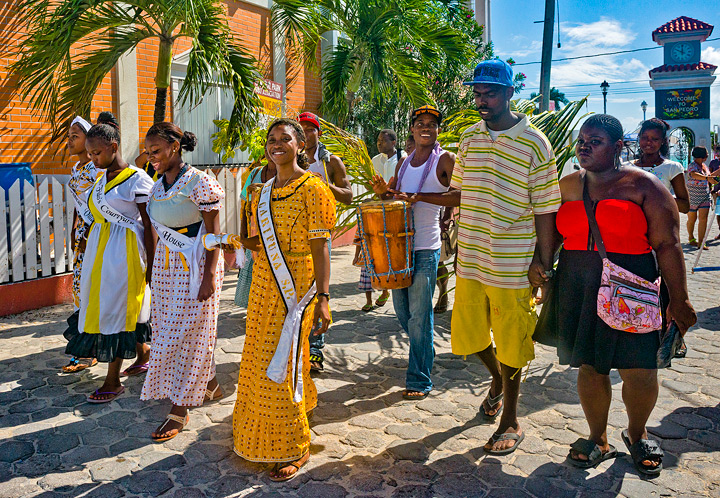
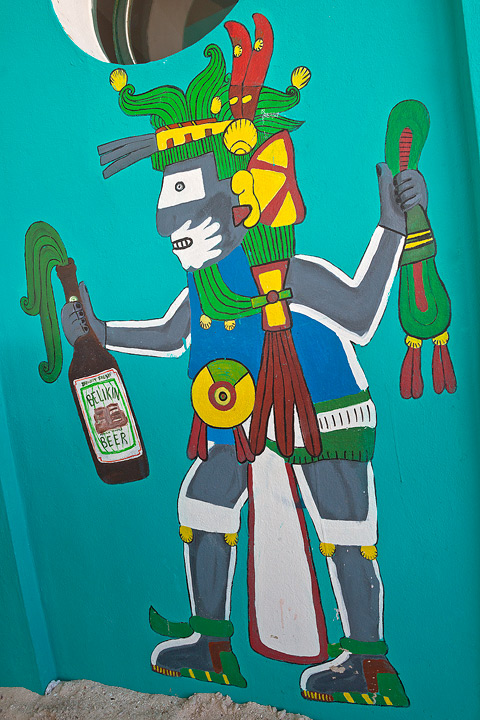
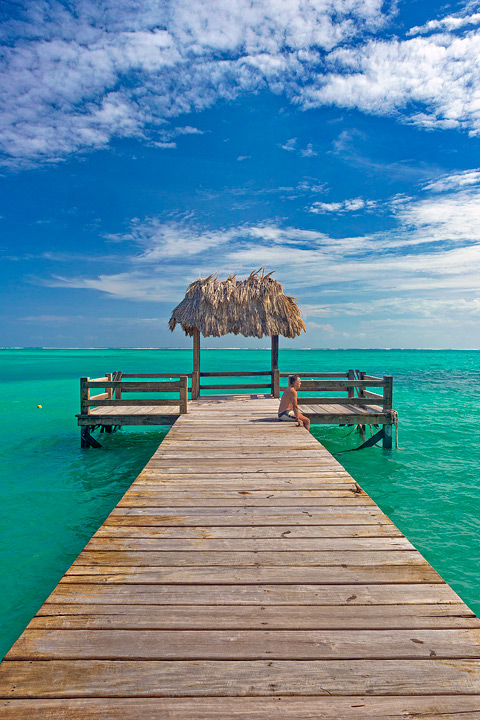
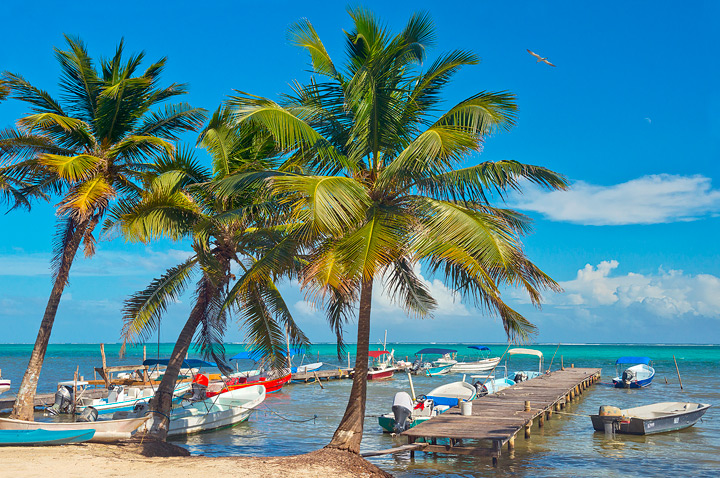
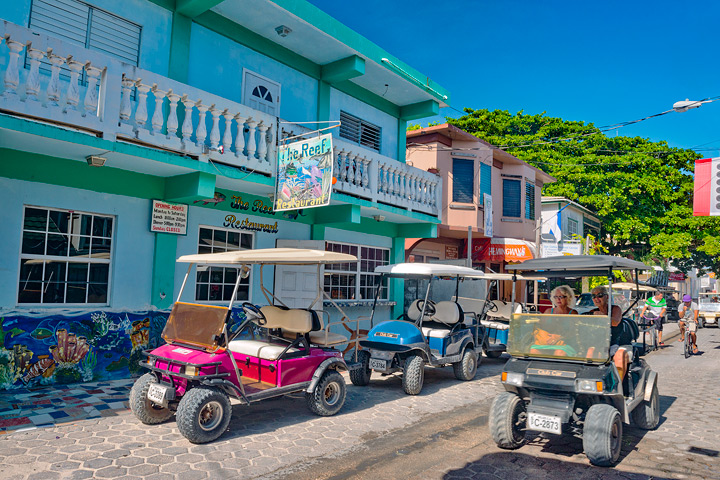
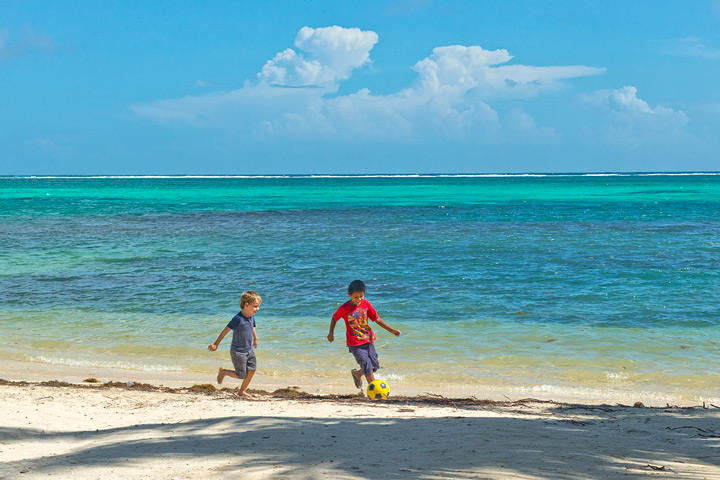
 Categories:
Categories: 
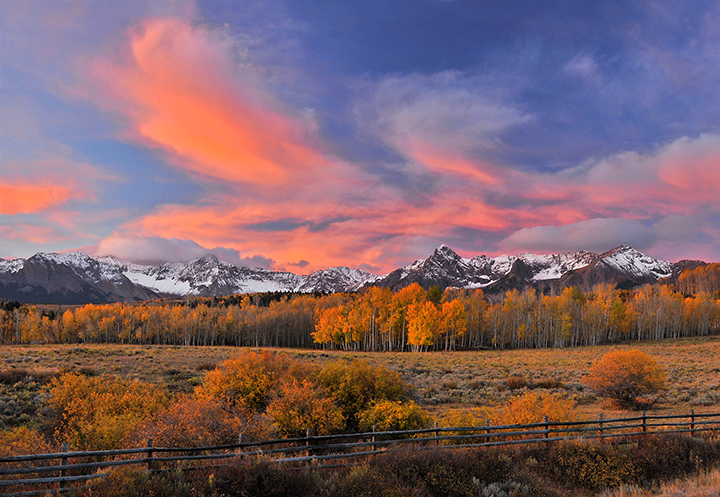

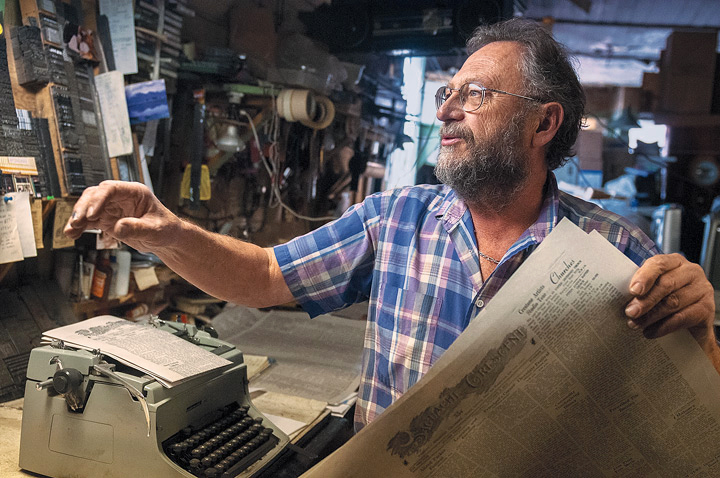
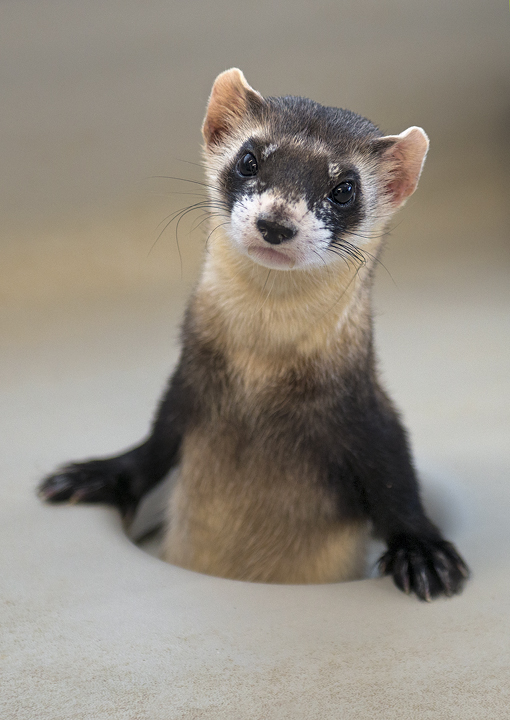
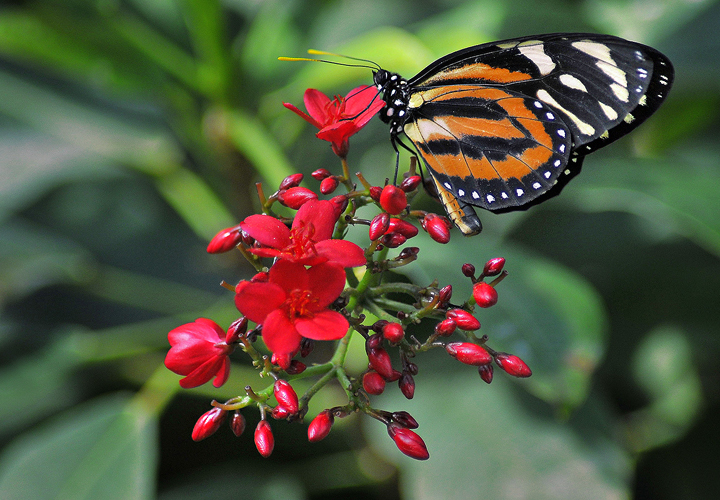
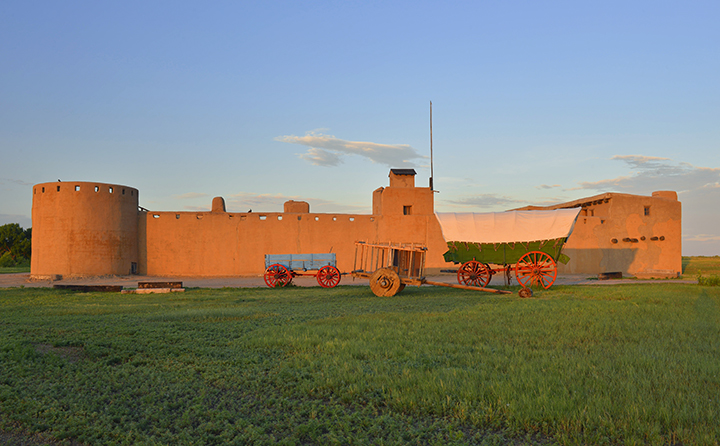
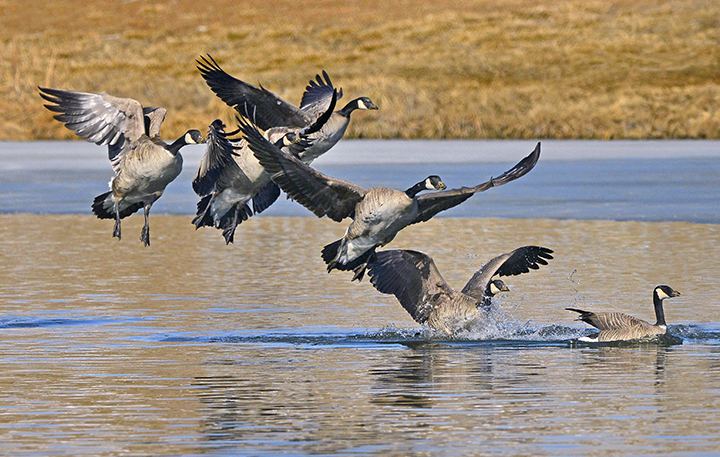
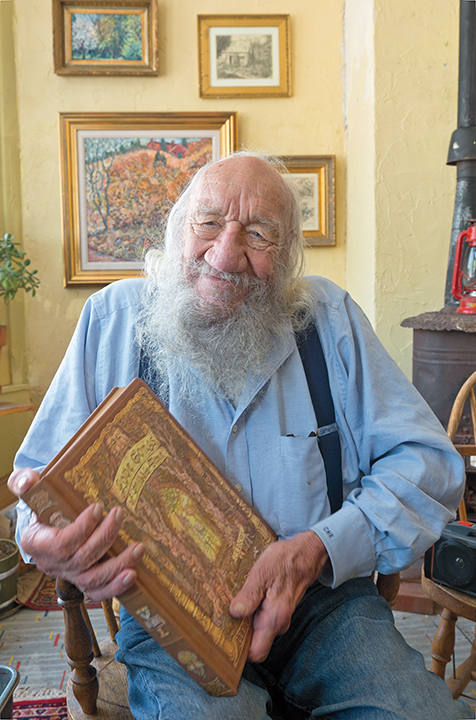
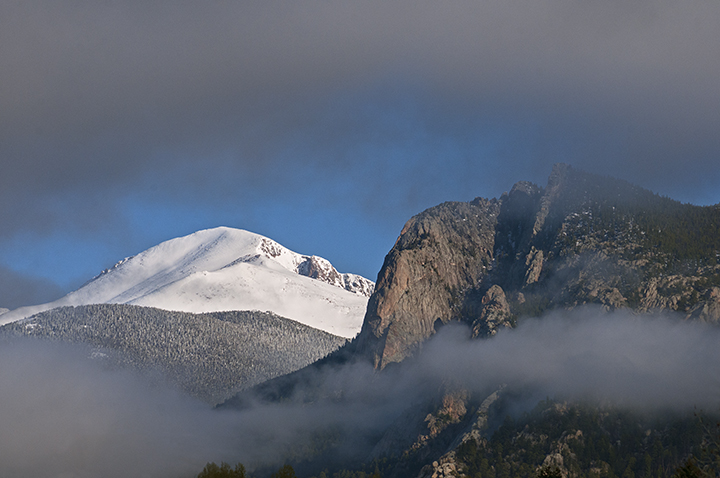
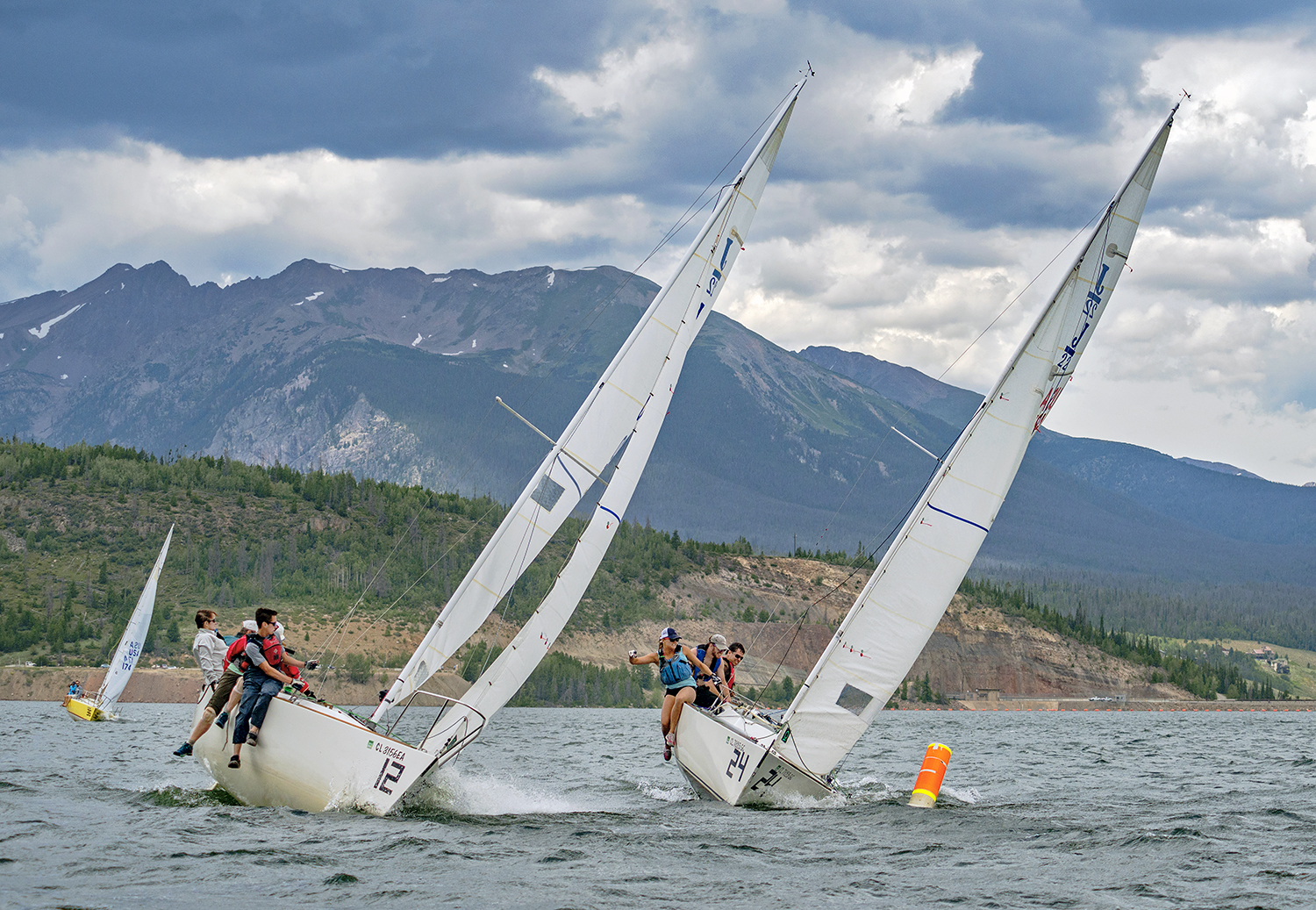
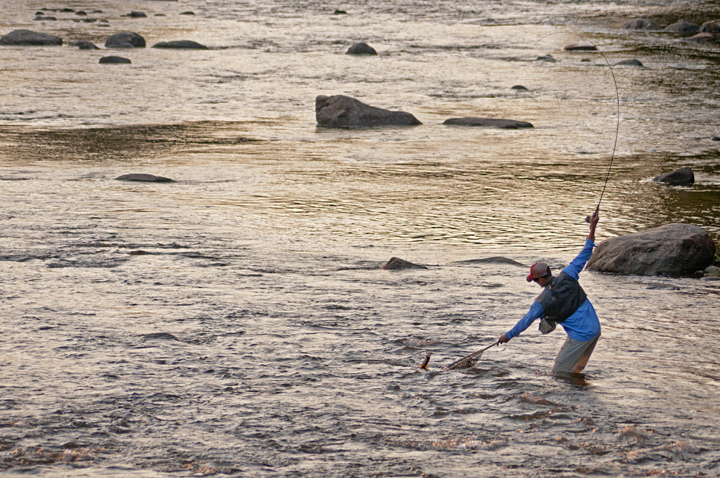
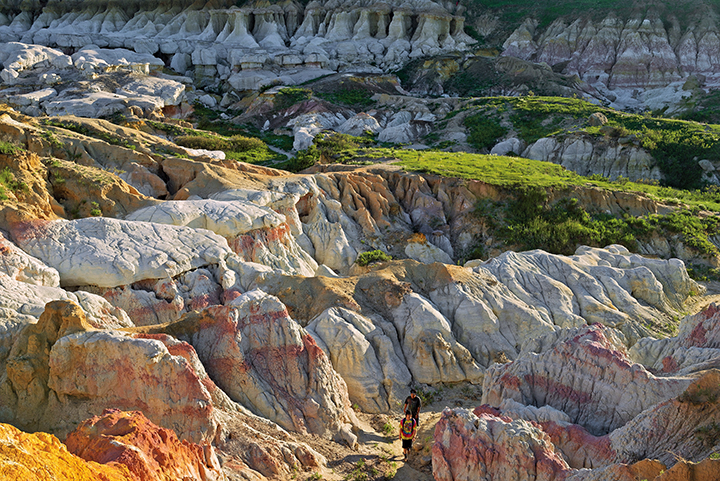
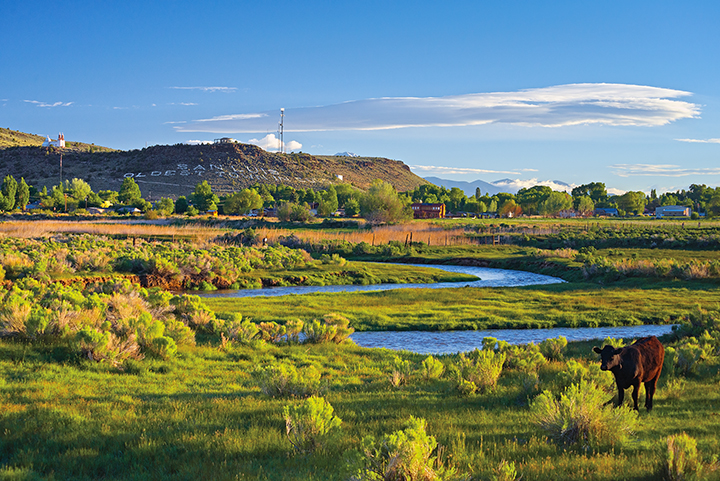
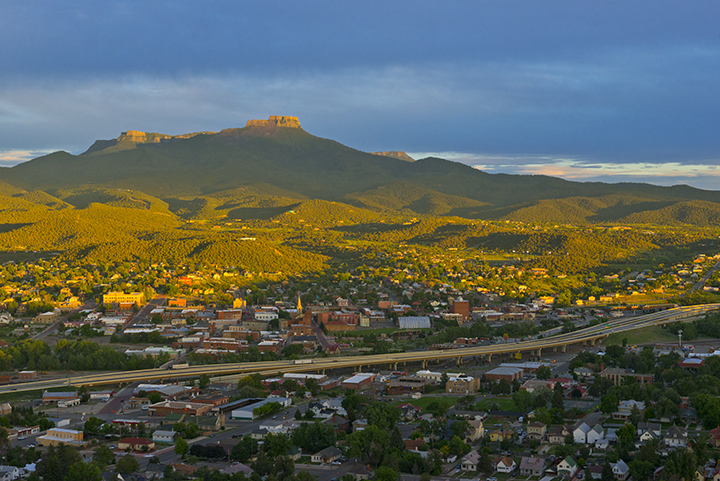
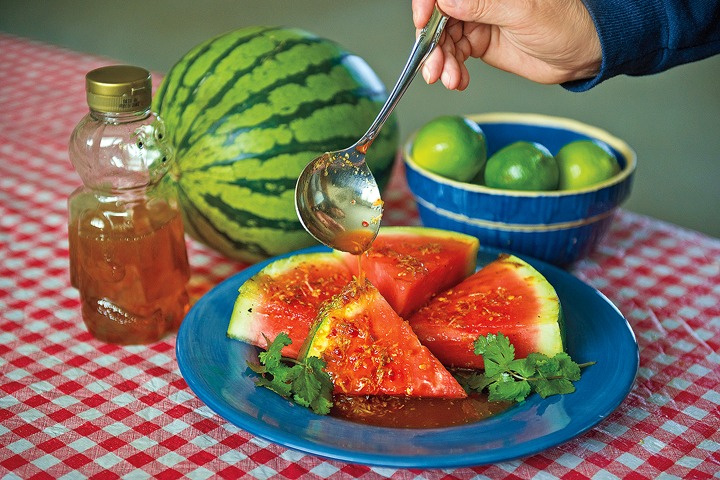
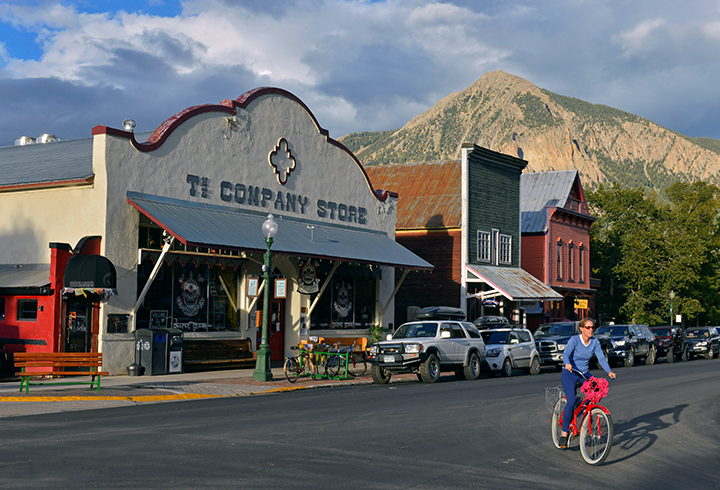
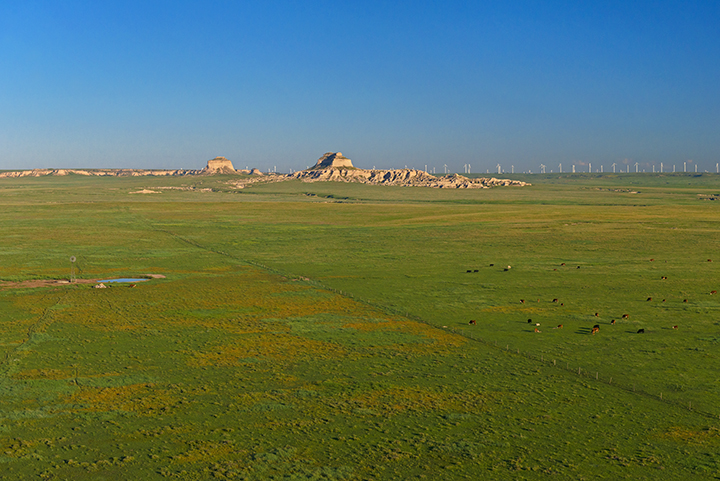
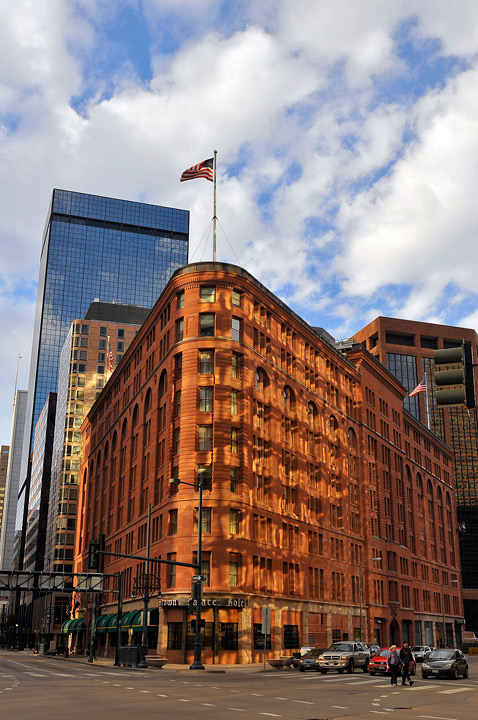
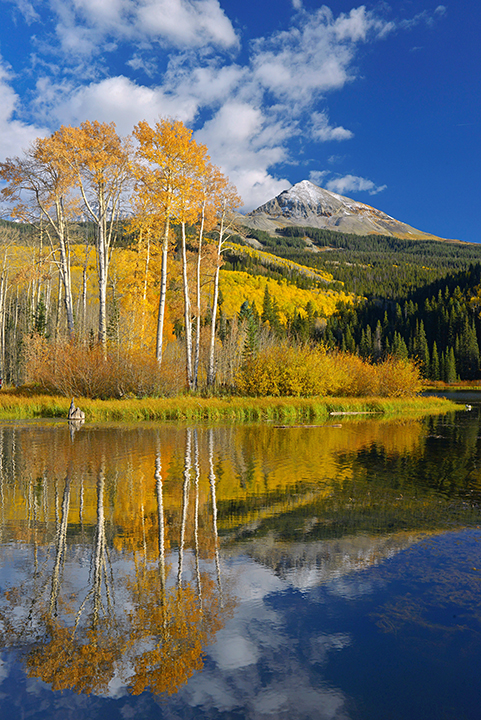
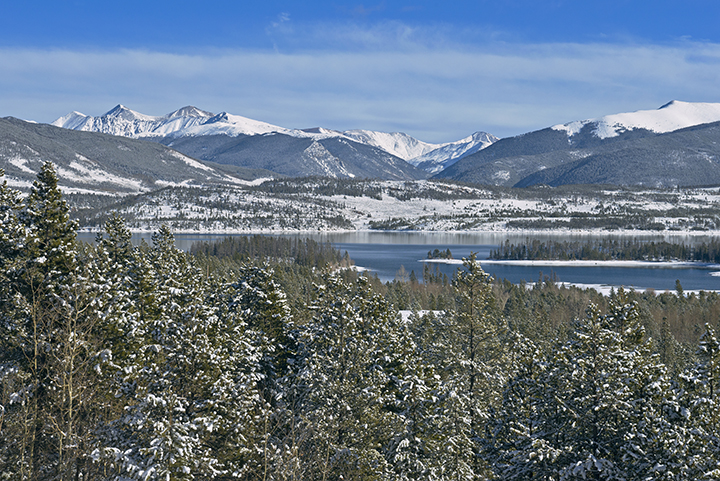
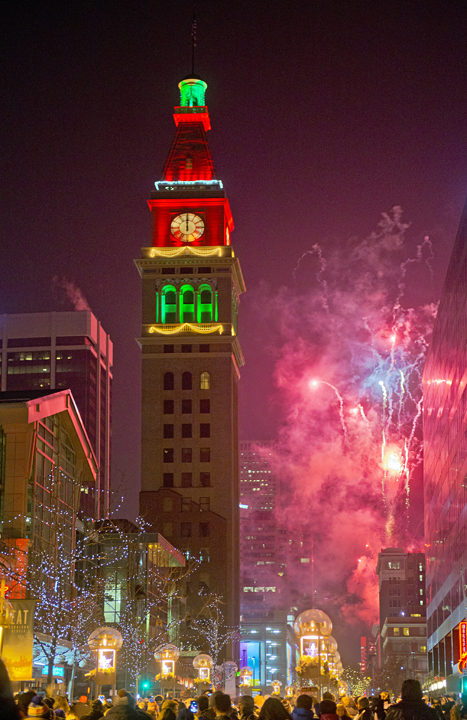
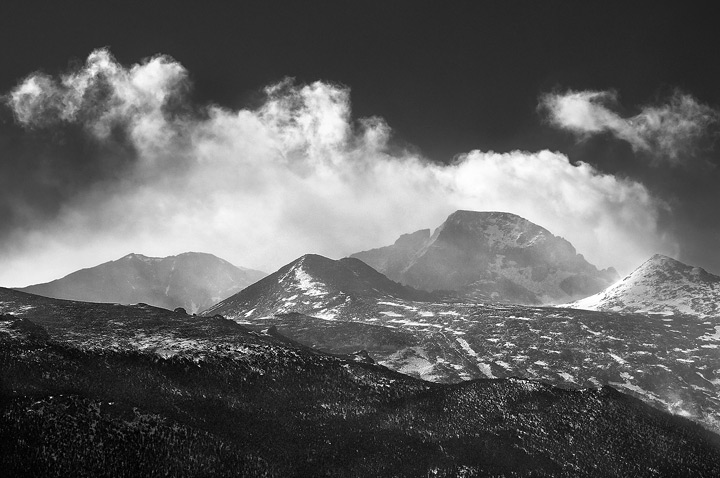
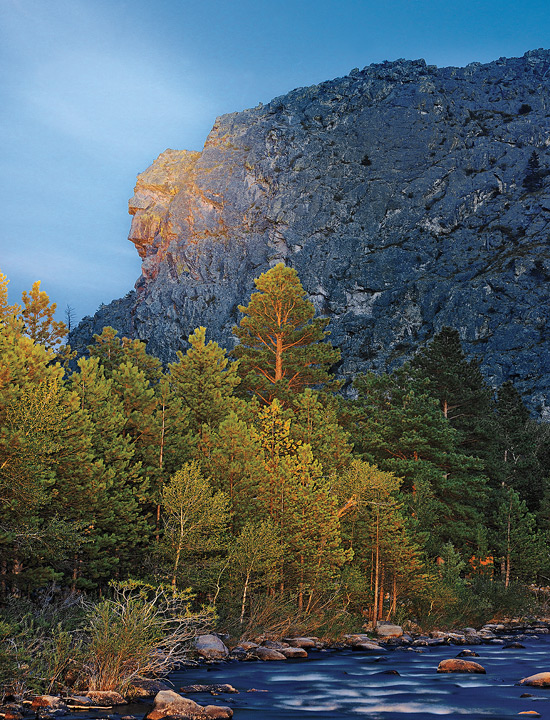
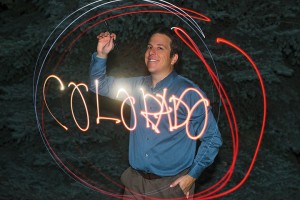
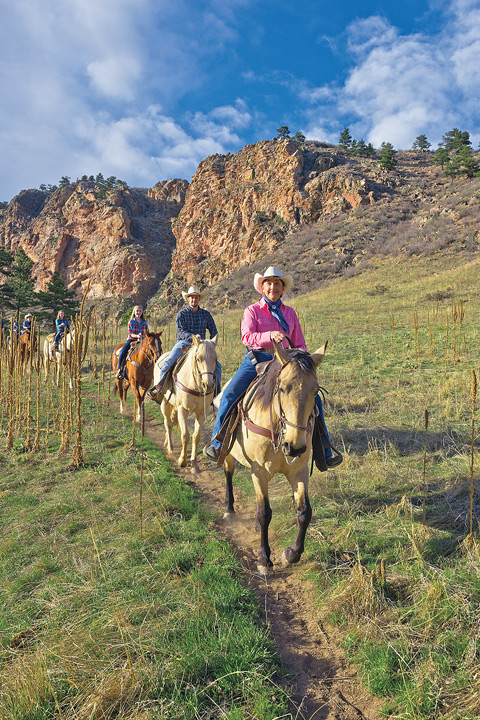
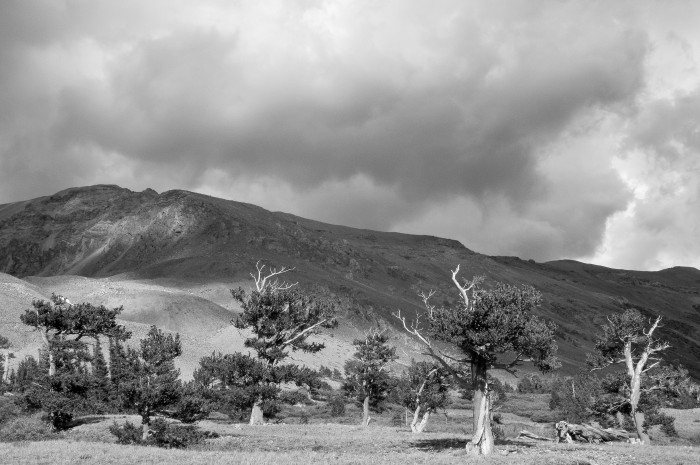
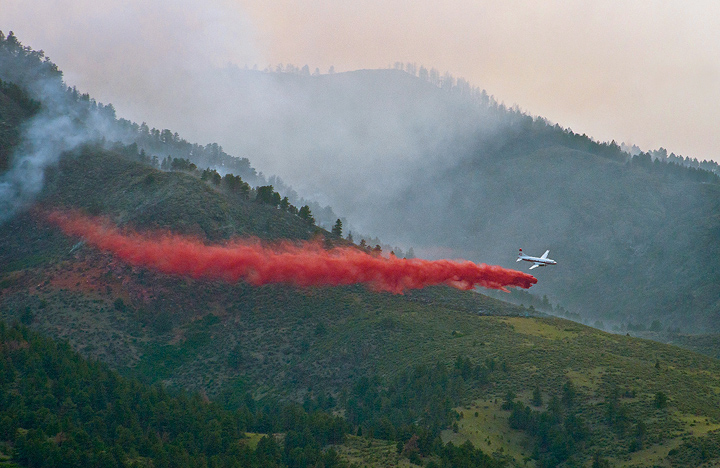
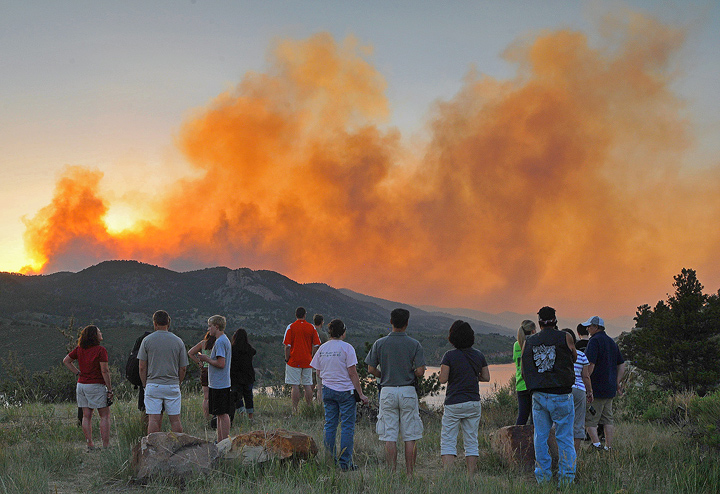
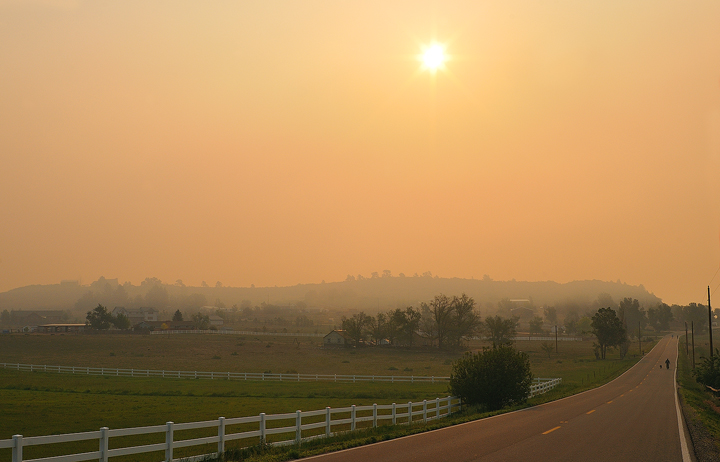
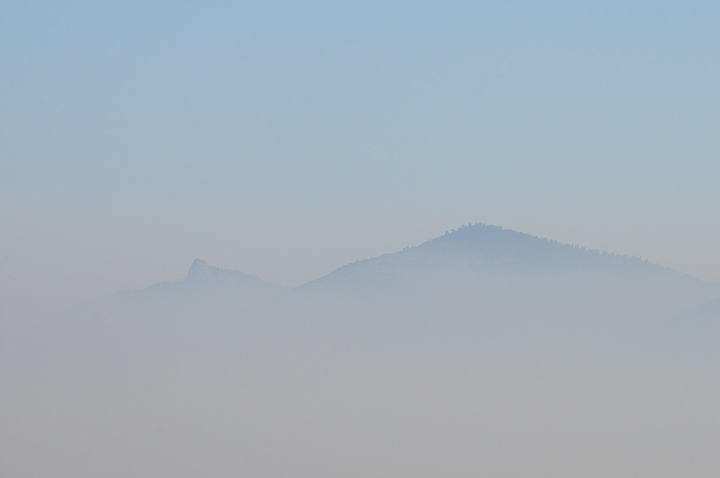
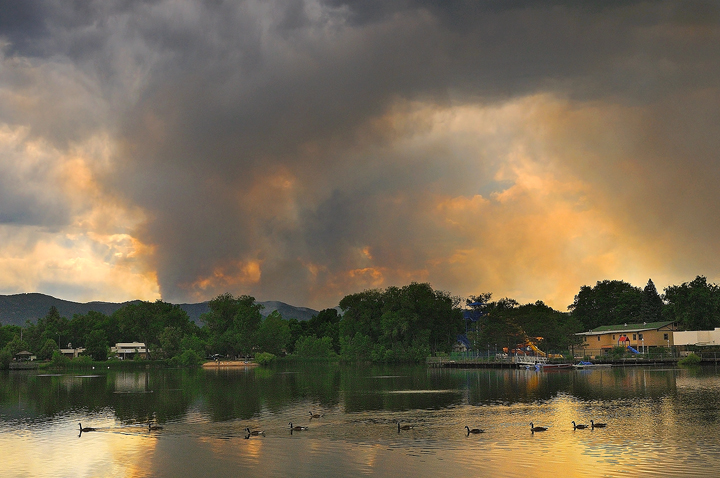
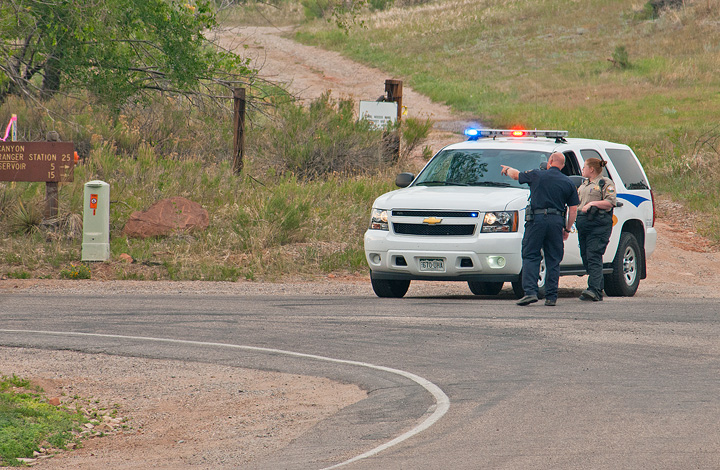
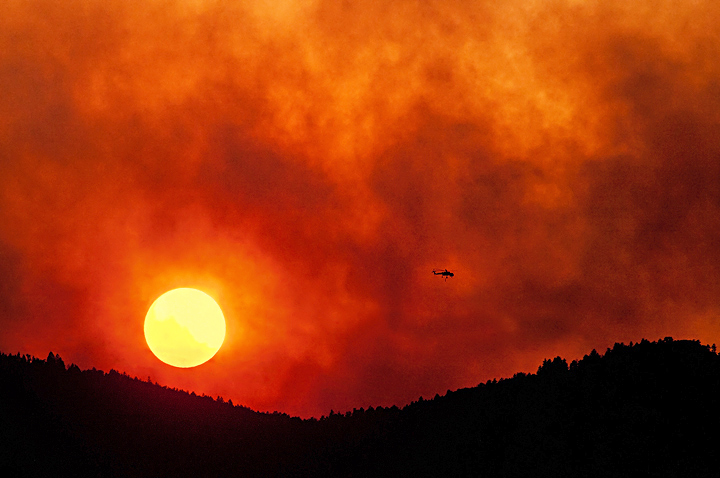
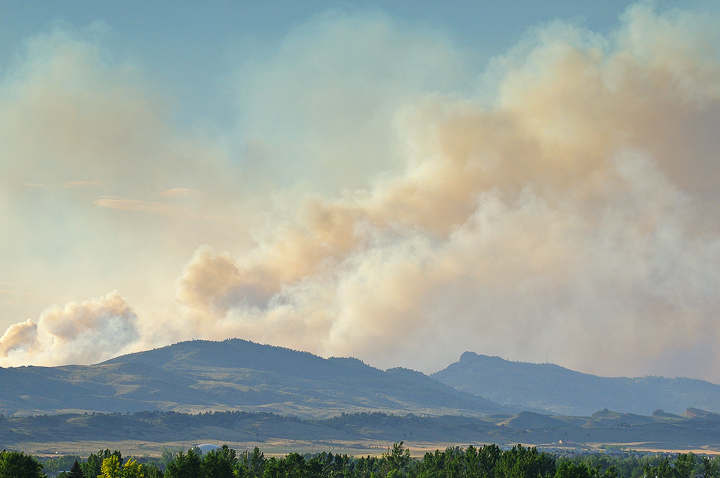
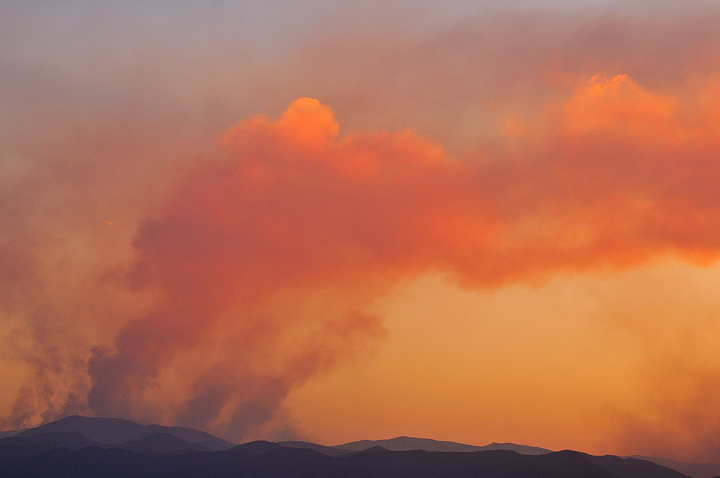
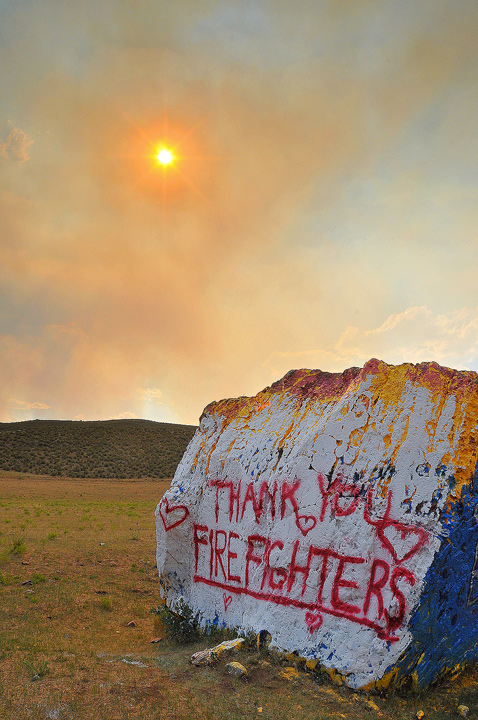
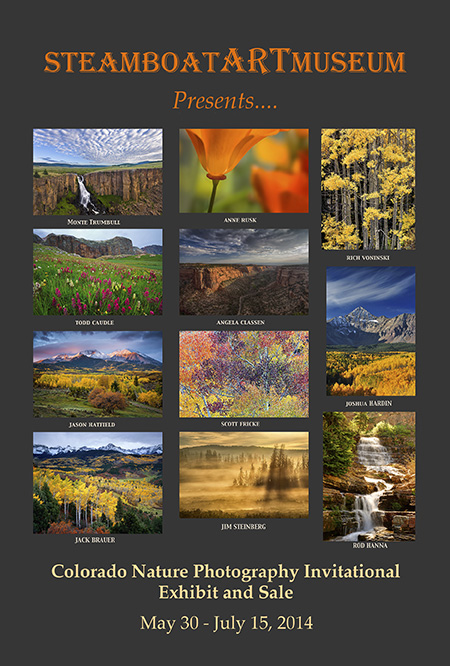
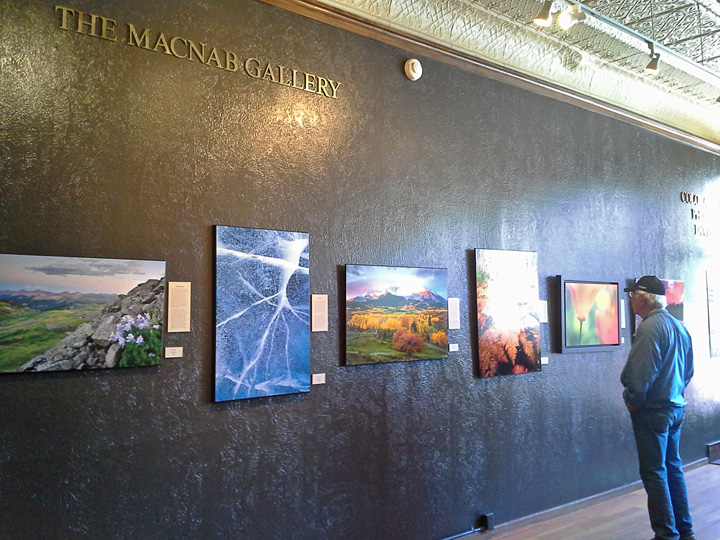
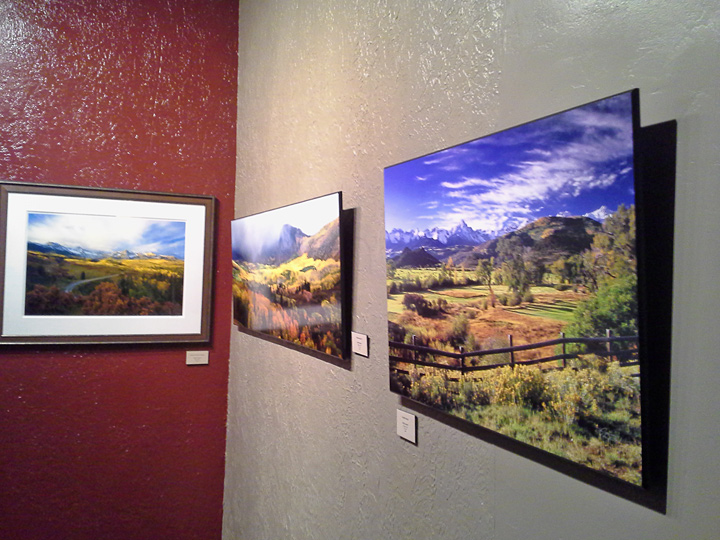
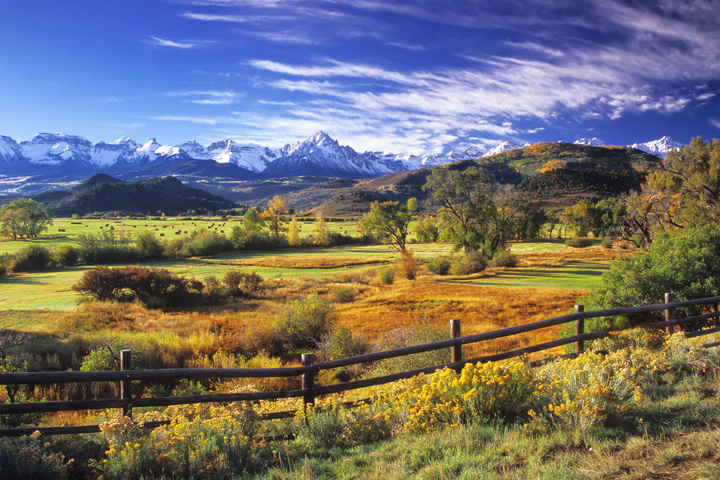
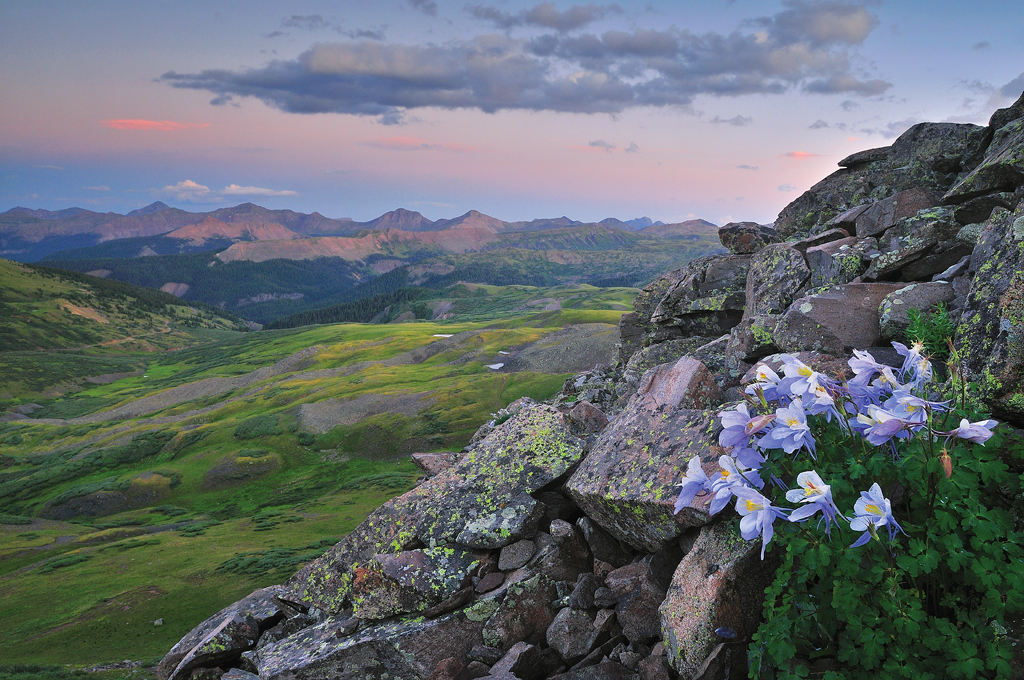
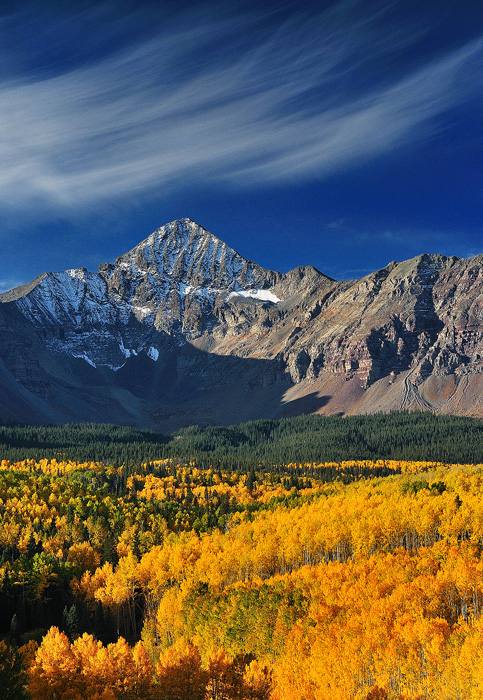
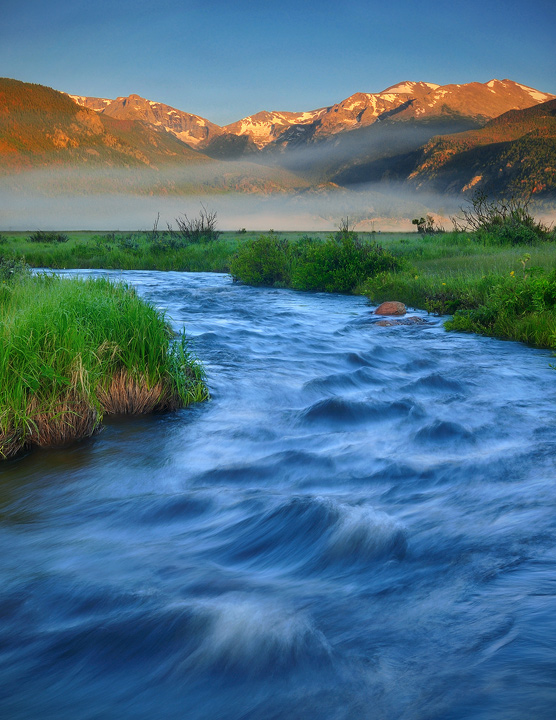
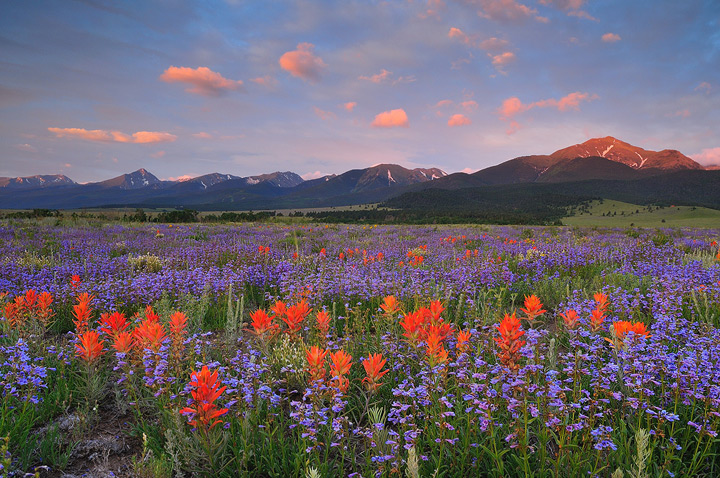
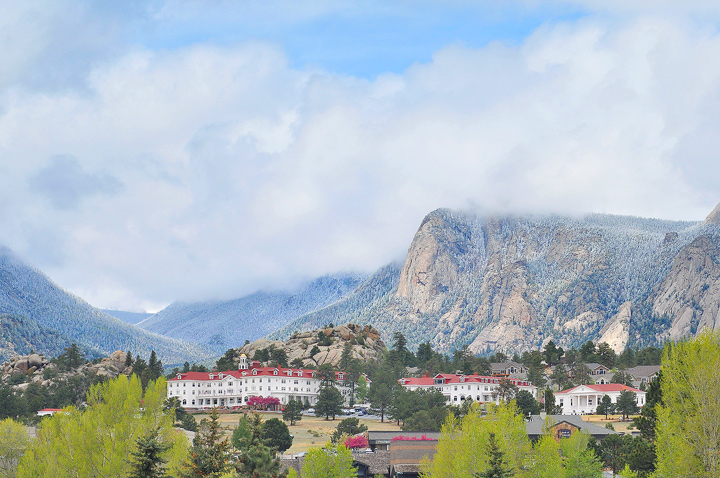
Recent Comments